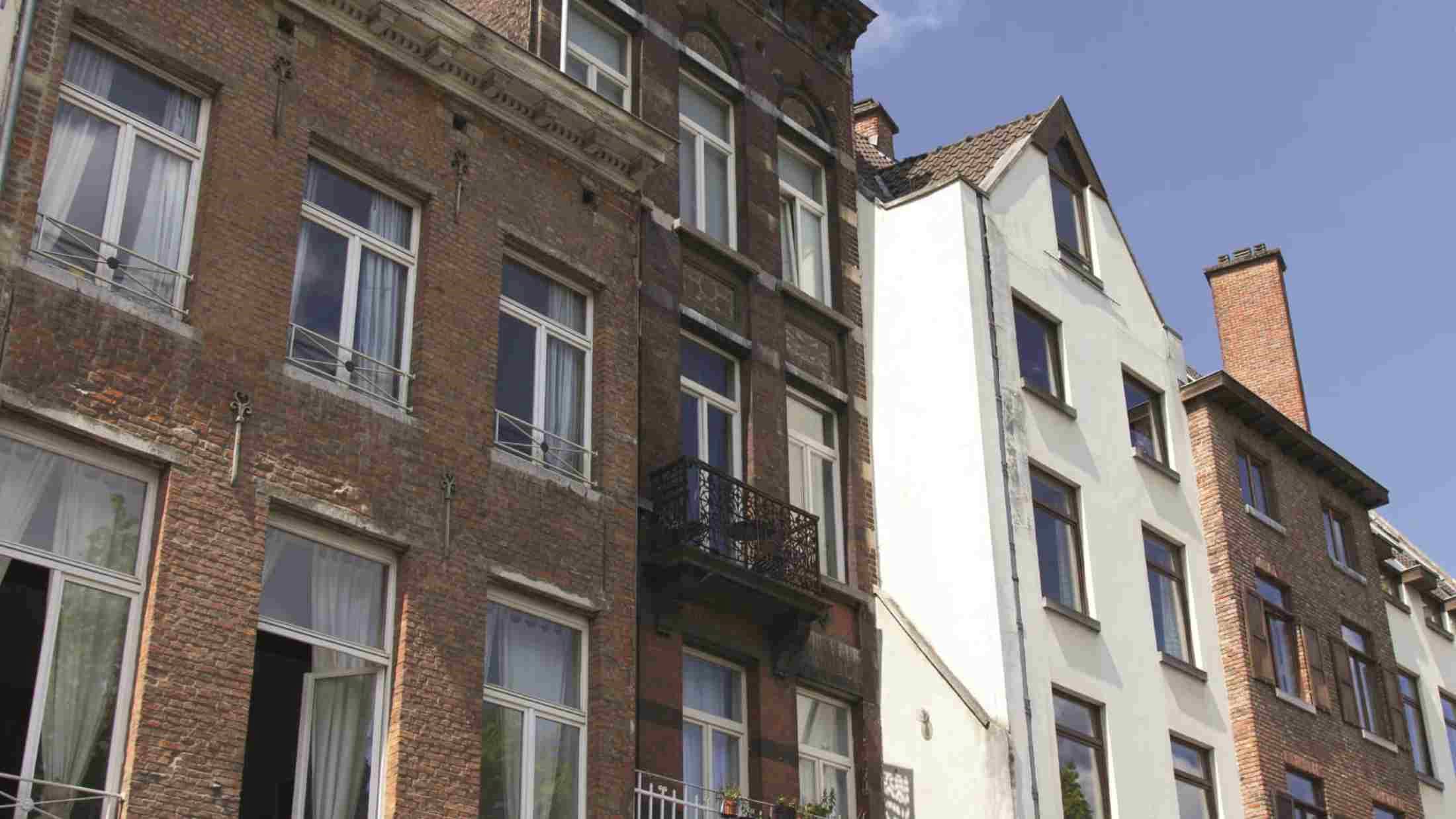Building homes that are fit for the future – in the context of climate change and an ageing population – is just as important as increasing the number of homes in the UK. The AXA UK Public Affairs team, Sophie Bonnel and Jonathon Murphy, explain the recent political shift to focus on future proofing housing stock and AXA’s report with Demos including 10 key principles for building future homes and communities.
In a current climate of political dispute, it might seem surprising that there is one political issue where politicians from across the political spectrum have common ground. That is the acute awareness that the UK needs to build more houses.
Government focus on housing has only intensified, due to the housing crisis. The Prime Minister announced only last week that the number of houses being built is increasing across the country and last year alone saw more additional homes delivered in all but one of the previous 31. However, with a focus on ‘how many’, we have lost sight of the equally important ‘what’ and ‘where’. A number of recent announcements from the Government fit this theme, with an emphasis on not just building more houses but designing them to be fit for the future.
For AXA customers, and the UK society as a whole, the home is one of the most important parts of living – whether as a financial investment, emotional attachment or shaping our lifestyle. Therefore, we have worked with the cross-party thinktank Demos to launch a report on Future Homes 2019.
AXA recognises that society will continue to experience several grand challenges in the next few decades; those associated with climate change, an ageing population and technological innovation. As the Secretary of State identified this week “housing is not just a numbers game”, it is a sector that must evolve to be suitable and sustainable for the societal challenges ahead. Our report therefore outlines a number of policy recommendations and identifies 10 key principles to govern our approach to building future homes and communities:
Adaptable for old age
The number of British residents over the age of 75 will increase by 80 per cent by 2040. This change will have wide ranging implications for the home and communities we build, there will be greater need for more specialist elderly housing, extensive home adaptations for preventing injuries, improving mobility and reducing loneliness.
Fit for multi-generational living
The number of multi-family households has seen a bigger increase than any other type of household in recent years. Multigenerational living can have a range of positive impacts including improving mental health, helping the elderly stay integrated in society and helping the UK meet its rapidly growing social care needs.
Cohoused where suitable
Cohousing is likely to bring a range of health benefits, particularly to older residents. Building a community improves social interaction helping to keep the elderly physically and mentally active for longer. Environmental benefits can also result from communal recycling, composting and resource-sharing.
Ready for home workers
Flexible working in the UK is on the rise. Homes and communities have to adapt to incorporate the higher technological requirements for home-working alongside mitigating the risks associated with lower workplace interaction and socialising.
Linked to healthier, greener transport
Societal challenges such as obesity, carbon emissions and transport congestion mean new and existing home must have clean, accessible and energy-efficient transport links. Home and community builders should also plan for future technological developments such as the rise of driverless cars.
Close to green spaces
The accessibility of green spaces can encourage communities to increase physical activity, improve social interaction and promote healthier eating.
Close to employment hotspots
Building homes near economic hubs is both good for an individual’s health and wellbeing and environmental outcomes. Long commutes often result in less active lifestyles and can be detrimental to family life.
Close to local amenities
Social atomisation and loneliness can result if new homes do not form a community close to local amenities and public services. Social mixing across social groups happens in public spaces such as schools and are important for community integration.
Extreme weather and climate-proof
The climate predictions of wetter winters, drier summers and more extreme weather conditions means that homes must change to be more environmentally friendly. Higher energy efficiency standards, technological innovations in renewable energy and energy storage devices and green adaptations should be considered. Preparation will also be required to mitigate against the impacts of more extreme weather such as flooding.
Secure and mindful
Smart technologies will be commonplace in the home in the coming decades and so homes must be designed to mitigate the associated cyber security risks. The rise of the smart home will have important implications for designing homes which promote our wellbeing such as ensuring there are places to digitally ‘switch-off’.
There is an urgent need to rethink our approach to housebuilding, as primary research in the report revealed that 34% of those surveyed do not think the average new home built today will be fit for purpose in thirty years’ time. Investment and technological advances, combined with cultural changes, present an opportunity for government, business and communities to forge a new path which creates a housing sector fit for future generations.





